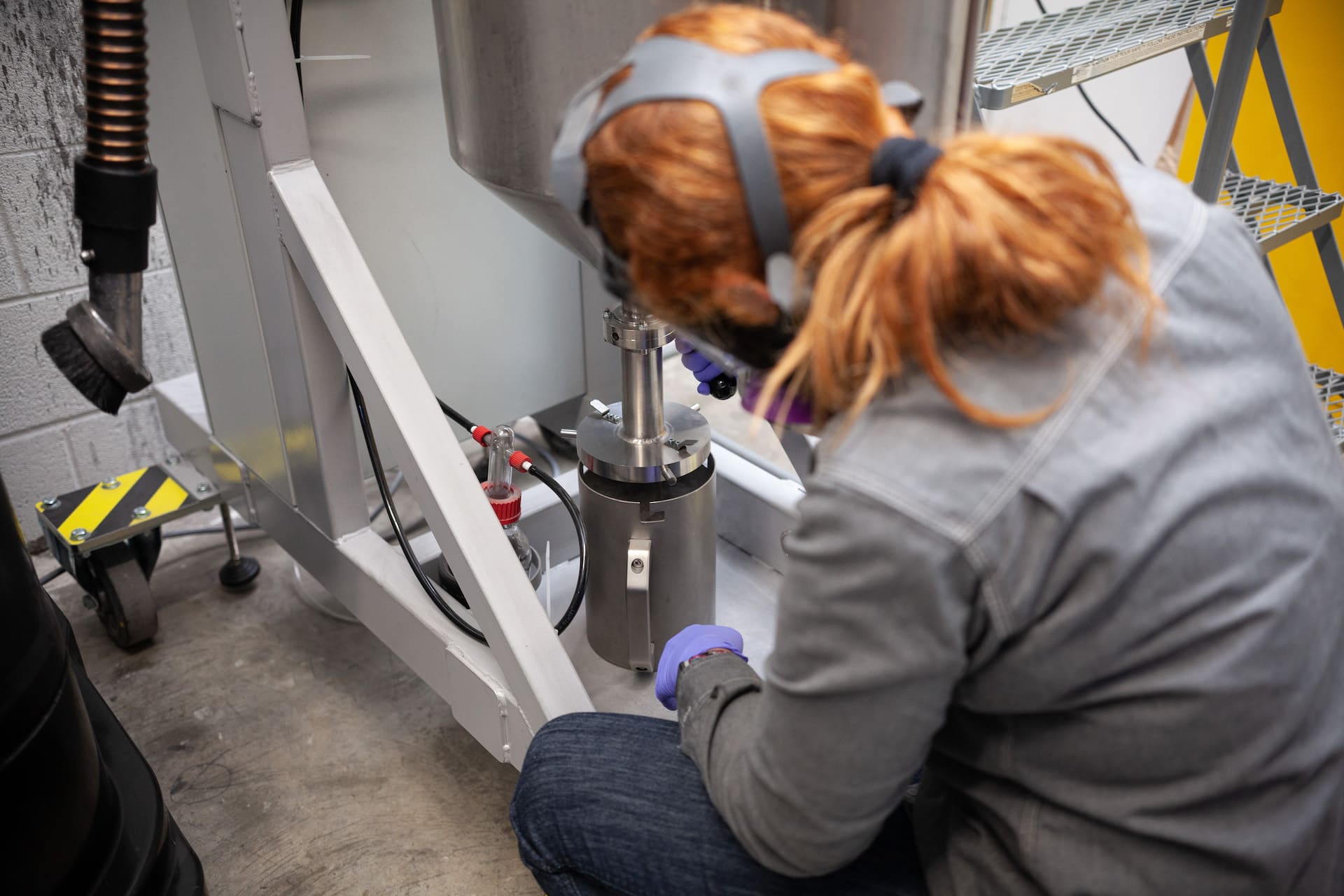 Photo from restor3d
Photo from restor3d
Originally Posted On: https://www.restor3d.com/blog/the-ultimate-guide-to-3d-printed-orthopedic-implants
Did you know that a typical knee joint replacement only comes in four sizes? That’s right – regardless of weight and height, all knee implant patients need to fit one of four options.
That is, until 3D-printed orthopedic implants came along.
3D printing has taken the world by storm over the last decade. It allows models of any shape and size to be created out of several materials.
These benefits are now being harnessed by those in the medical field. The machines can make anything from urgent COVID tests to medical devices. But it doesn’t stop there.
3D printers can make custom implants for surgery. Patients receive an implant made for their body, rather than their body having to fit the implant.
Musculoskeletal diseases are the world’s second-greatest cause of disability. So revolutionizing the treatment has profound, global effects.
But how do 3D printing implants work, and are there real benefits to patients? To answer those questions, here is our guide to 3D-printed implant technology in 2022.
What Are 3D-Printed Orthopaedic Implants?
A 3D-printed orthopedic implant is an implant custom-made for a patient by a 3D printer.
To do that, you first need an accurate scan of the patient. This data is gathered by CT scan, which is common practice before many implant operations. Then doctors design an implant that fits the patient’s dimensions perfectly.
This design is then built by the 3D printer. Metal is one of the most common materials used in this process. Once the implant has been custom printed, it’s ready for surgery.
But why is this process so much better than using standard implants?
Why Choose 3D-Printed Implants?
3D-printed orthopedic implants don’t just provide a better fit. They are an overall superior product. Here are the most significant benefits of using 3D-printed implants in an operation.
Simpler Operations
When an implant is custom-made for a patient, the implant operation is much simpler. Surgeons need to make fewer adjustments during operations because the implants fit exactly. It slots into place like a jigsaw piece.
Improved Range of Movement
Because the implant fits the patient so well, it comes with fewer limitations. Historically, you could not expect to keep a full range of movement after a knee or hip replacement.
Nowadays, people are demanding more. They want to be able to continue with life as normal after an operation.
They don’t want to ever notice or have to account for their implant. Instead, they want to be able to continue with all day-to-day activities. With 3D-printed implants, that is possible!
For all types of orthopedic implants, 3D-printed products mimic the body’s existing structure. There’s no adjustment that needs to happen because they had to choose one of four standard implant sizes. Rather, the area should regain almost all of its previous function.
Quicker Recovery Times
This translates to faster recovery.
The body doesn’t have to adjust to an overly foreign object. The implant is as close to the original bone as possible. Therefore, it heals faster.
That in turn makes the whole process less demanding on the healthcare system. Patients require far fewer physiotherapy or other orthopedic care sessions post-surgery.
Better Osseointegration
But the custom size and shape of the implant aren’t the only reasons the implants work better. It’s about the details of the design.
Traditionally, an implant is made of metal. While this is still true for many 3D-printed implants, the style of design is different. 3D printers allow for more fine-tuning than traditional manufacturing.
Specifically, the implant can be made of intricate lattices, rather than solid metal.
How does this benefit the patient? Lattice designs promote osseointegration.
Osseointegration is the process whereby body tissue connects with an implant.
A normal implant is typically fixed in place by screws into the bone. Some 3D-printed implants may still use 3D-printed screws to help. But the lattice encourages more organic fusion.
Its high surface area and roughness encourage natural fusion and wicking to happen. The body accepts the implant far more readily than it would a solid metal one.
But the lattice design is by no means flimsy. Gyroid lattices, the most advanced type, allow for load distribution throughout the layers. They fit elegantly to the bone, but are strong and sturdy.
Increased Bone Strength
Surely though, a piece of solid metal is stronger than a lattice? It is, and that’s the problem.
If an implant is too strong, it can handle lots of strain. But bones are reactive. If they don’t need to take a lot of weight or pressure, they won’t keep their strength.
In other words, an implant that’s stronger than your bones is a bad thing. They can cause bones to relax and weaken. Over time, another invasive surgery may even be required to fix the damage.
The lattice of 3D-printed implants is made to be the perfect strength. As the bones fuse with the implant, they grow stronger.
The implant enables patients to regain movement. But it’s the bones themselves that will sustain that recovery long-term.
Who Is Spearheading 3D-Printed Implant Technology Today?
3D-printed orthopedic implants are a huge step forward in medical science. But that doesn’t mean they can’t be improved upon.
At restor3d, we are always working to make our implants better. That means painstakingly enhancing the technology wherever possible. That is the only way to keep moving orthopedic medicine forward.
If you are a surgeon or fellow innovator, we want to hear your thoughts! The more great minds collaborate, the sooner implant technology improves. Together, we can revolutionize orthopedic care.
Talk to us today to learn more about what we do, so we can start working together.

